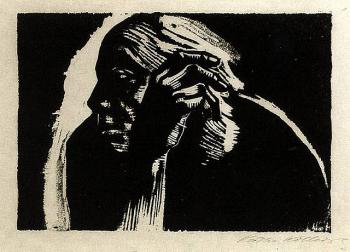Serendip is an independent site partnering with faculty at multiple colleges and universities around the world. Happy exploring!

Final Teach-In Poems
For our final teach-in Rachel and I picked poems with themes from our class this semester. Here they are:
i thank You God for most this amazing
by e.e. cummings
i thank You God for most this amazing
day:for the leaping greenly spirits of trees
and a blue true dream of sky; and for everything
which is natural which is infinite which is yes
(i who have died am alive again today,
and this is the sun's birthday; this is the birth
day of life and of love and wings: and of the gay
great happening illimitably earth)
how should tasting touching hearing seeing
breathing any--lifted from the no
of all nothing--human merely being
doubt unimaginable You?
(now the ears of my ears awake and
now the eyes of my eyes are opened)
Nature
By Henry David Thoreau

What Walls Do We Build/Need/Break Down?--Our Final Presentations!
Goodhart Teaching Theater









